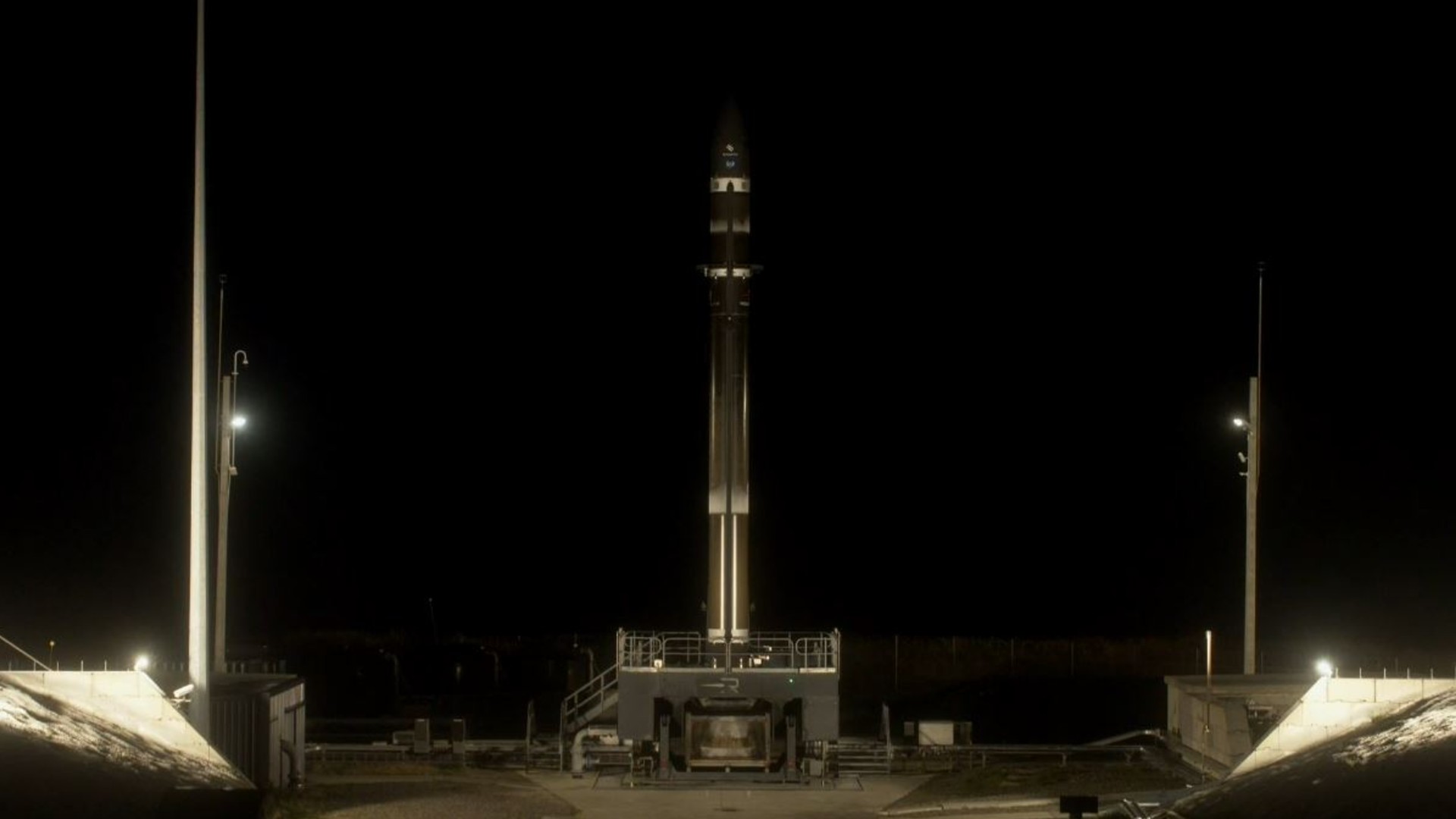An uncrewed Orion spacecraft successfully traveled thousands of miles beyond the moon and back, demonstrating its ability to one day transport astronauts to lunar orbit — but there are a few more tests the spacecraft has to ace before setting out on that cosmic feat.
The Artemis 1 mission that launched on Nov. 16, 2022 saw NASA’s Orion spacecraft fly 1.4 million miles around the moon and back — the farthest a spacecraft built for humans has ever gone — and then execute a planned splash down in the Pacific Ocean to complete its in 25.5-day mission. Since then, the spacecraft has endured rigorous tests to ensure the safety and success of Artemis 2 — the first crewed mission under NASA’s Artemis program, currently slated to launch in April 2026.
The crew module, now known as the Orion Environmental Test Article (ETA), recently completed an 11-month test campaign at NASA’s Neil Armstrong Test Facility in Sandusky, Ohio. The series of tests, which began in January 2024, simulated the extreme conditions of a launch abort scenario to see how the spacecraft would withstand an emergency event, according to a statement from NASA.
Video not playing?
Some ad blockers can disable our video player.
“This event would be the maximum stress and highest load that any of the systems would see,” Robert Overy, Orion ETA project manager, NASA’s Glenn Research Center in Cleveland, said in the statement. “We’re taking a proven vehicle from a successful flight and pushing it to its limits. The safety of the astronaut crew depends on this test campaign.”
During the tests, engineers and technicians from NASA and Lockheed Martin subjected the ETA to high noise levels that would be experienced if an abort occurred and simulated the separation sequence in which Orion — and astronauts inside — will jettison away from the SLS (Space Launch System) rocket during an emergency for a safe landing in the ocean.
NASA shared a slow motion video of the forward bay cover jettison test, which was completed on Nov. 23. The test demonstrated the processes for ejecting the spacecraft’s docking module, which is required to properly unfold Orion’s parachute system and deploy the five airbags designed to inflate upon splashdown, according to the statement.
Earlier tests subjected the ETA to simulated electromatic effects to ensure the spacecraft’s grounding path would protect its equipment and systems from any potential damage it might endure if lighting were to strike while it waited on the launch pad for lift off.
“It’s been a successful test campaign,” Overy said in the statement. “The data has matched the prediction models, and everything operated as expected after being subjected to nominal and launch abort acoustic levels. We are still analyzing data, but the preliminary results show the vehicle and facility operated as desired.”
The team also completed a docking mechanism jettison test on Nov. 11, 2024. This tested both connecting and disconnecting Orion to a Lunar Gateway, which is a small space station that will orbit the moon and serve as a staging point for missions to the lunar surface via a separate landing vehicle.
“These tests are absolutely critical because we have to complete all of these tests to say the spacecraft design is safe and we’re ready to fly a crew for the first time on Artemis 2,” Michael See, ETA vehicle manager for the Orion Program, said in the statement. “This is the first time we’ve been able to test a spacecraft on the ground in such an extreme abort-level acoustic environment.”
The Artemis program aims to land humans on the moon for the first time since the Apollo missions managed to achieve the feat over 50 years ago. The primary goal of Artemis 2 is to conduct the first crewed test flight of the Orion spacecraft and the SLS rocket.
The approximate 10-day mission will carry four astronauts around the moon and then return to Earth. If all goes according to plan, Artemis 3 will then target a crewed lunar landing.







